How To Increase Yields: Cannabis Defoliation
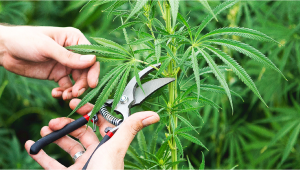
- 1. Cannabis defoliation
- 2. Cannabis defoliation benefits
- 3. What is the difference between defoliation, lollipopping, and schwazzing?
- 4. When to defoliate?
- 5. How to defoliate?
- 6. How much to remove and how often?
- 7. Advantages and disadvantages of defoliation
- 7. a. Advantages
- 7. b. Disadvantages
- 8. Cannabis defoliation faqs
- 9. In conclusion
When growing cannabis seeds, defoliation is a method that can increase yields, by removing the excess foliage your plant will redirect its energy to the buds. By doing this, you allow the light to reach deeper and increase airflow, all of these combined may result in bigger and denser buds.
1. Cannabis Defoliation
Cannabis defoliation is a controversial method, there are a lot of growers who don’t believe in it and a lot who do. The reason why is that the cannabis plant uses fan leaves in the process of photosynthesis so by removing them you are decreasing the area your plant has to absorb light. The defoliation method consists of removing the leaves that may be overshadowing buds and in places where there are too many leaves close together.
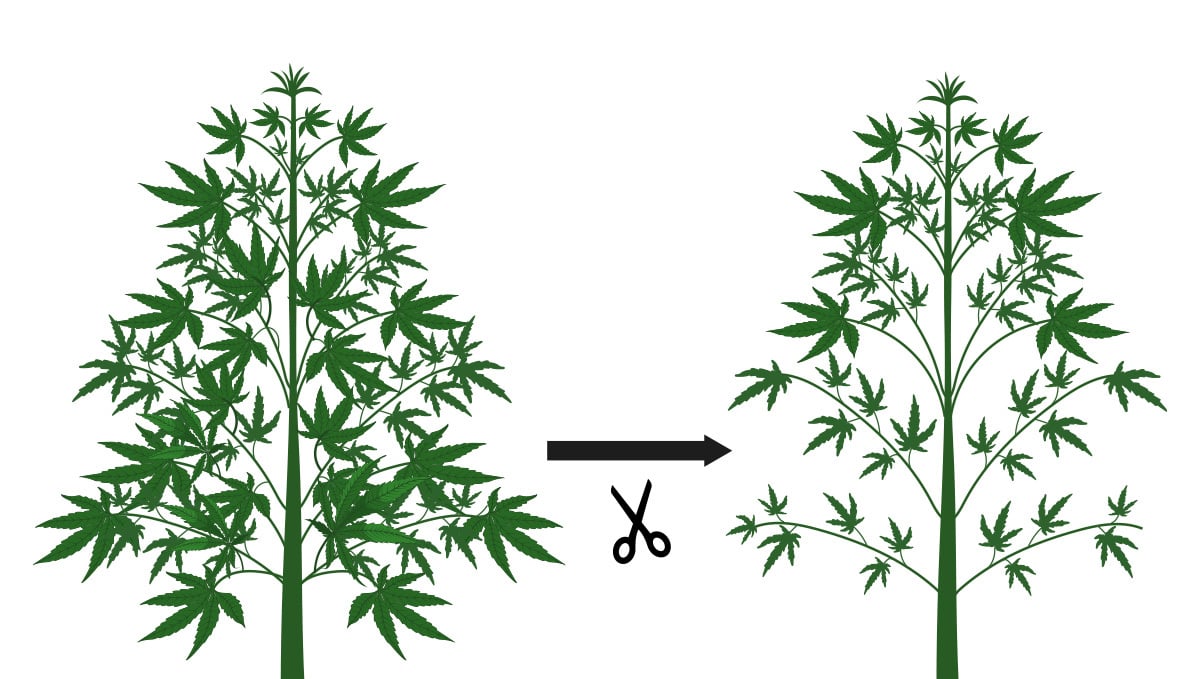
Even though the idea is to redirect the plant’s energy from the excess foliage to the developing buds, this will also allow the buds to be more exposed to the light, which will provide better airflow and more space for the buds. This technique is sometimes mistaken for lollipopping, although both consist of removing leaves, lollipopping consists of removing the foliage in the lower branches while defoliation means strategically removing leaves where you see fit to help increase yields. Be aware that if you defoliate aggressively you will stress your plants and that can stunt growth and lower yields. Also, remember you should only remove leaves if it’s needed.
2. CANNABIS DEFOLIATION BENEFITS
Now, before we go any further, the science behind defoliation is still totally unproven. With the unjust prohibition on cannabis cultivation and recreational use slowly starting to be repealed around the world, we will hopefully start seeing many more peer-reviewed studies being released in the coming years. These studies should go a long way towards helping dispel any growing myths, but until then all we have to go off is anecdotal evidence.
So, does that mean we shouldn't try different growing methods still unsupported by hard science? Definitely not! While this is a controversial subject among growers, there are enough supporters to show that maybe there is something to it. While the benefits may be unscientifically proven, there's nothing stopping you from experimenting with your plants and seeing what works best for you.
Supporters of defoliation claim the benefits come from not only exposing the budding sites to more light but also allowing improved airflow throughout the entire canopy. Certain strains are known to grow in an extremely bushy fashion, and this in itself can lead to mold and bug issues. This is because humidity and temperature levels can peak above desired levels, so by removing some of the foliage you allow for much better air transfer through the entire grow room which can go a long way in keeping these levels regulated.
3. WHAT IS THE DIFFERENCE BETWEEN DEFOLIATION, LOLLIPOPPING, AND SCHWAZZING?
All three techniques involve removing fan leaves from a cannabis plant, but the process differs.
- Defoliation as we are describing in this article refers to removing just a few fan leaves every 4 to 7 days and assessing the plant's stress levels during each break.
- LollIpopping is the process of removing all the foliage from the lower branches of the plant or even the entire lower branches.
- Schwazzing is an extreme form of defoliation where all of the fan leaves are stipped from the plant at specific intervals.
4. When To Defoliate?
Before removing even one leaf, you should make sure you’ll benefit from it. You should have minimum knowledge in cannabis cultivation to evaluate if it’s worth risking your harvest. Growers usually defoliate in combination with plant training techniques like Scrog, tying down branches or topping, this makes it easier to tie the branches or even the canopy.
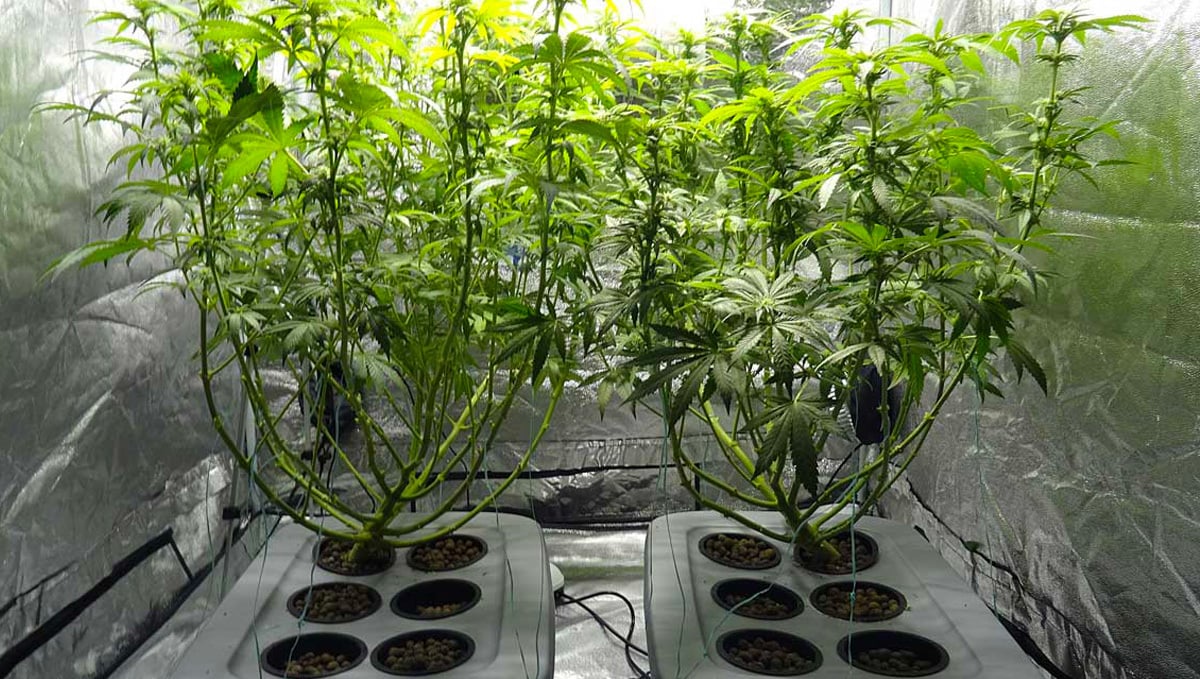
It’s recommended you only defoliate in the vegetative phase (even though you can also defoliate in the first weeks of the flowering stage). You can start removing leaves as soon as they enter the growing stage but it’s better to wait at least 1-2 weeks to start defoliating. Have in mind that some strains can be more sensitive than others and may take 4-7 days to recover and continue growing normally. You can extremely reduce growth and yields when removing autoflowers leaves, so be careful.
3. How To Defoliate?
If you’re new to defoliating, it is best to use scissors and sterilize them with alcohol before using them. More experienced grower pluck the leaves with their fingers, using the fingernails to make a clean cut, but if you’re not experienced enough you can end up tearing the skin of the stem, making your plant more susceptible to bugs.
4. How Much To Remove And How Often?
There’s no way to say exactly when to stop removing leaves, it will depend on the foliage of your plant and what you want to achieve at the end. To make sure you’re not stressing it, you should remove 1-3 leaves at a time every 4-7 days or when you see she has recovered completely and only remove a maximum of 10-20% of the total foliage.
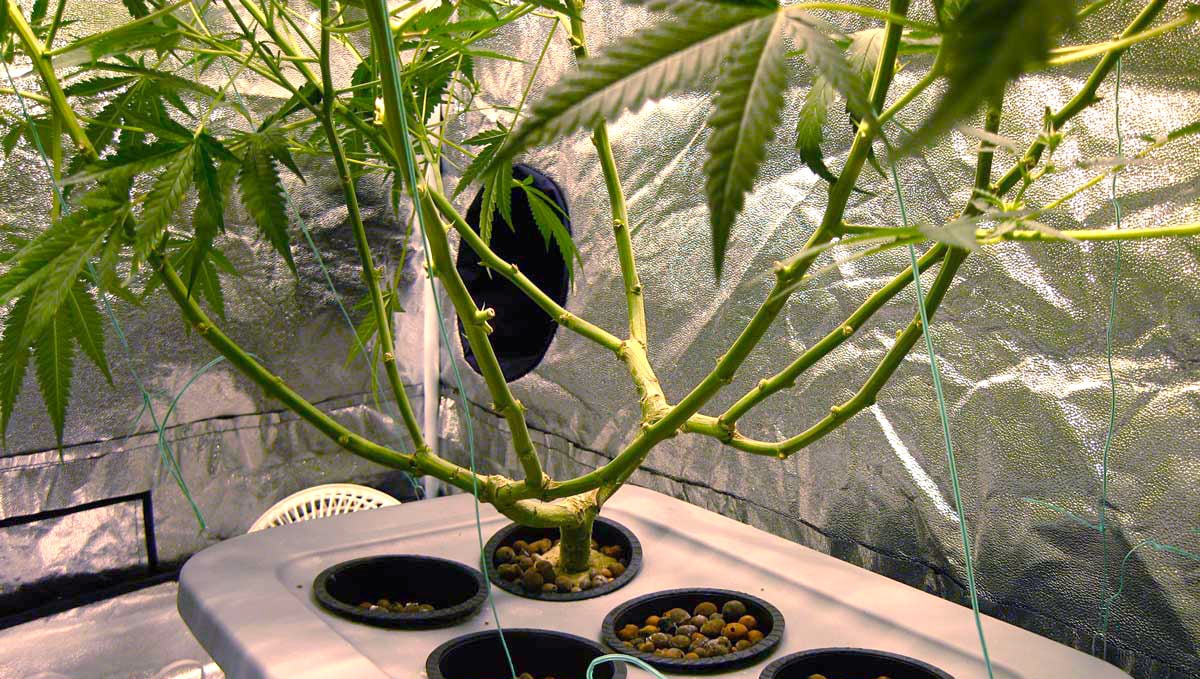
Remember the objective is to allow the light to reach deeper and provide more airflow, so you should not remove leaves near bud sites, as this will most certainly affect growth and won’t allow more airflow nor more access to light.
It is important you don’t forget that removing too many fan leaves will slow down photosynthesis, resulting in the opposite of what you’re trying to achieve.
5. Advantages And Disadvantages Of Defoliation
Advantages
• It can increase airflow and the penetration of light to the buds.
• It can encourage the development of denser flowers.
• It can increase the final yield.
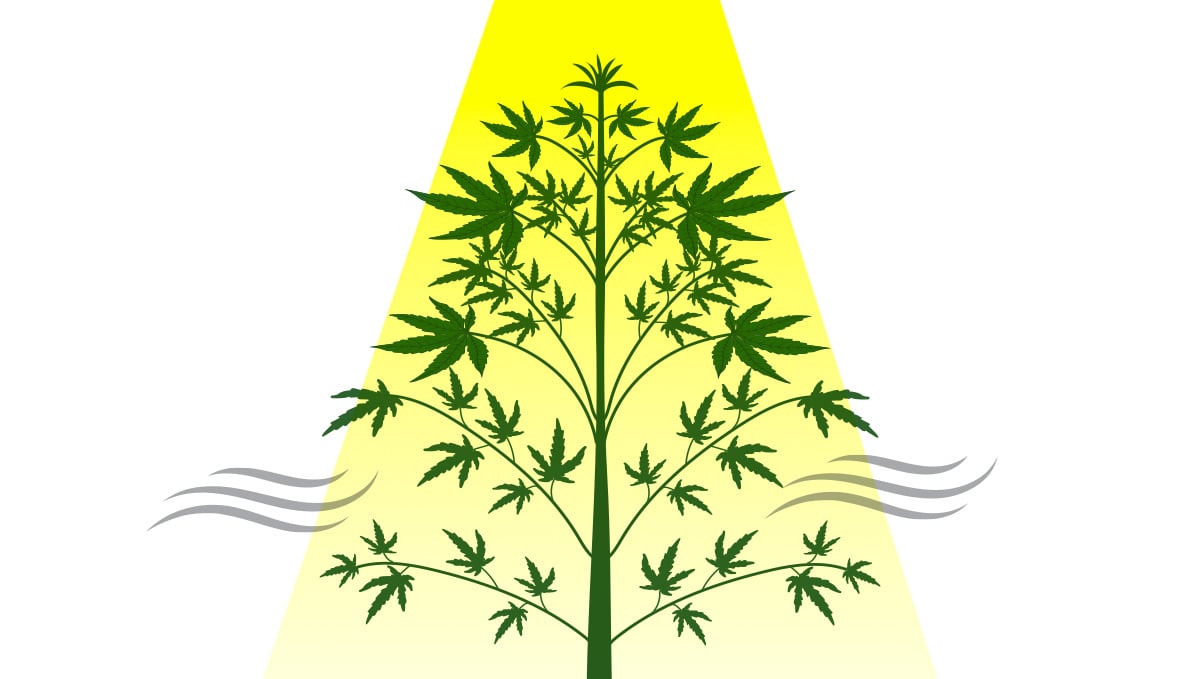
Disadvantages
• Can cause your plant stress.
• Takes a bit of experience to perform correctly and successfully.
6. Cannabis Defoliation FAQs
Is There any Time When You Should Definitely Not Defoliate?
Yes, there are certain situations when you should 100% refrain from implementing any defoliation techniques. If your crop is showing any signs of stress, then you should put the scissors down and let it fully recover before thinking about carrying out any other training techniques, and that includes defoliation. If you think your plant is suffering from
- Over or under watering
- Nutrient deficiency issues
- Nutrient overfeeding
- Pest infestations
- Fungal issues
- Heat stress
- Light burn
Then be very, very careful with any defoliation. Sure, if there are leaves that are badly affected by any of these issues then you can look at removing them, but just don't go too far. Pest infestations can be centralized on the undersides of fan leaves, and so any affected areas like this should be removed, but do so with care.
Is There Any Point When You Should Stop All Defoliation?
Not really. As long as you are following all the steps laid out above, you can defoliate right up the last day of growth. Many cultivators like to do a full strip right before harvest, and take all the fan leaves off so they can grab some of that prized, bud and plant-only photos.
Just remember that you want to wait until you are absolutely sure that the plant has reached full maturity before totally stripping a plant of her fan leaves. Heavy defoliation in the bloom stage can cause a decrease in yield, so check those trichomes well before you make any decisions.
Are Defoliation and Pruning the Same Thing?
Hell no. While they are both valid techniques, and some growers do use the terms interchangeably, they are certainly not the same thing. Defoliation is where only the leaves are removed, whereas pruning involves the removal of the full branch structure. There is a huge range of ways to prune a cannabis plant, and many of them can help boost the overall yield. But remember that pruning is a hugely stressful technique for all plants, and must be done very carefully and at the correct time.
Can You Defoliate Autoflowering and Photoperiod Plants in the Same Way?
Yes, to a certain extent. The techniques used for pinching the leaves free from the plant are the same, but you always need to be a little more careful with your autoflowering plants than you do with photos. Autos have a predetermined amount of vegetative growth before flower production begins, which means they have less time to bounce back from stress.
7. In Conclusion
Just like all other HST techniques, it can be really easy to stress your plant with defoliation, removing leaves should be used along with training techniques.
If you’re planning to defoliate in order to increase yields, you should first take a look at other plant training techniques, some of these methods also allow you to improve airflow and allow more light to reach your buds without giving your plants too much stress.








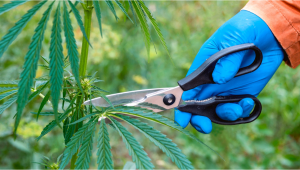
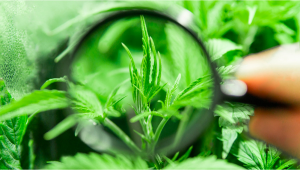
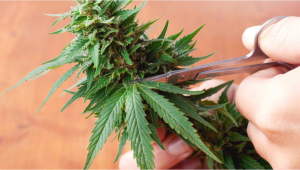


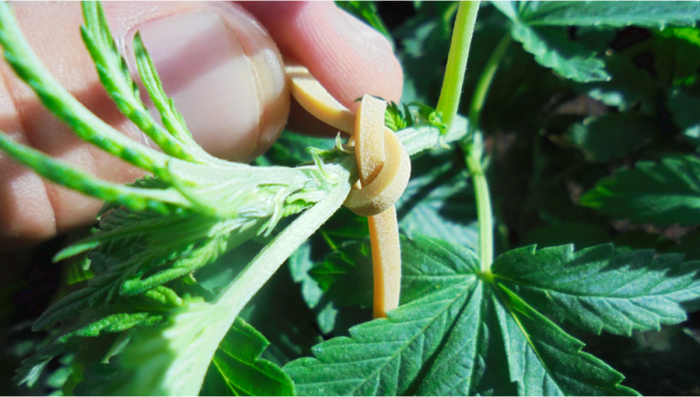
Comments